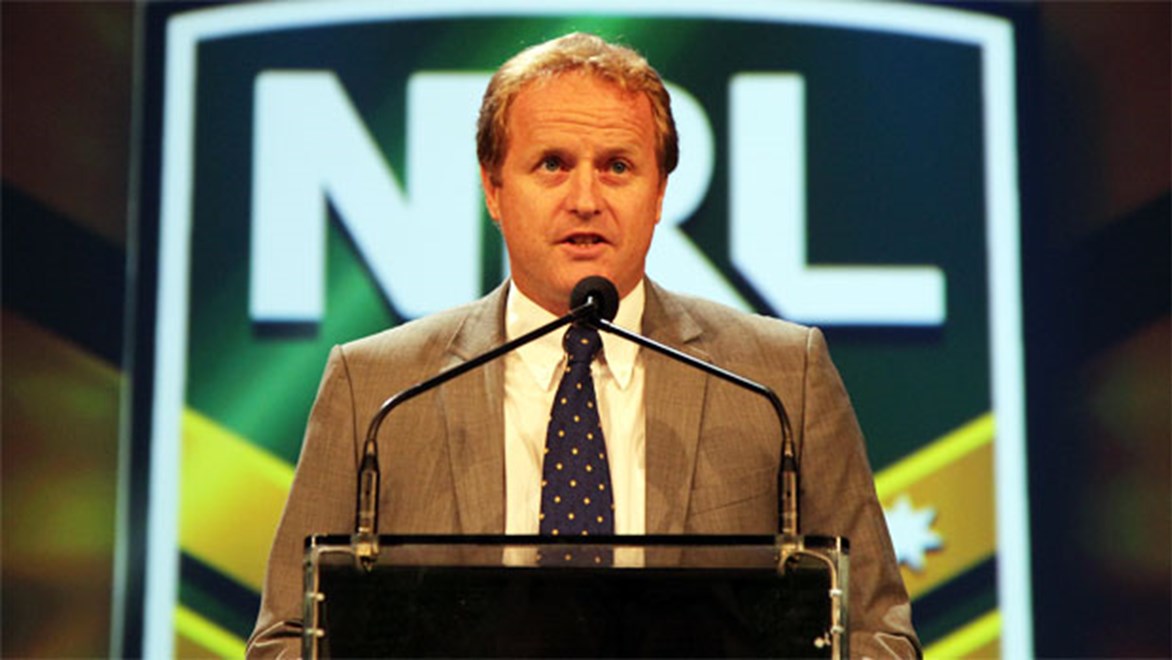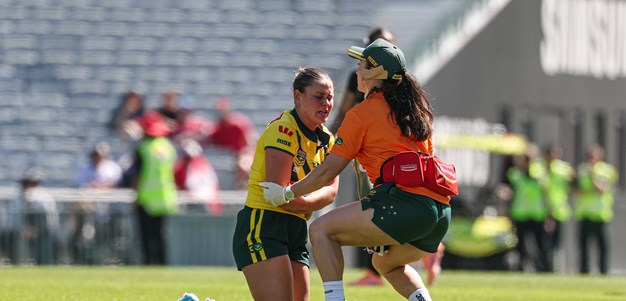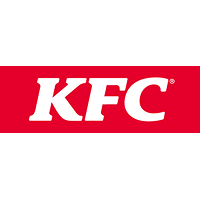

The NRL has used its annual general meeting to outline how increased revenue from the lucrative new broadcast right deal is being allocated, in a move that increases the transparency of the game's governing body.
NRL CEO Dave Smith released the organisation's annual report at its annual general meeting at Darling Harbour on Monday, then answered fans' questions before fronting the media at a press conference following the AGM.
Significantly, the NRL will invest more than $200 million in the development of Rugby League over four years after securing the broadcast rights deal. And there were increases in sponsorship, major game revenue and merchandise sales, the NRL stated.
The investments will be made in areas which will generate "strong commercial returns" and include setting aside $80 million for a “sustainability fund” that will be invested to generate a commercial return over the next four years.
After funding and expenses, the NRL delivered a record $49.6 million for allocation for strategic investment in the 2013 financial year, with significant revenue growth in both broadcast and central operations – representing a $60 million turnaround from 2012.
In addition to the financial results Smith said it was a goal for the NRL to better understand its fans and their expectations, with an up-to-date fans database to be delivered as well as regular surveying of fans.
He vowed to keep costs down, telling the audience the organisation needed to be more efficient and professional in managing central operations.
In the first year of the new five-year rights deal, broadcast revenue – which is wholly invested back into the game via clubs, state leagues and grassroots development – more than doubled from $101.6 million in 2012 to $221.3 million in 2013, according to the report.
One of the earliest actions following the negotiation of the new rights deal was to agree to a new Collective Bargaining Agreement with the Rugby League Players Association. Direct investment in the clubs jumped from $76 million in 2012 to $120 million in 2013.
“We have significantly increased our investment in the game following the new broadcast rights deal, with 100 per cent of all revenue generated by the media rights deal invested in the game,” Smith told NRL.com.
“Our non-broadcast revenue through sponsorship, major game revenue and merchandise covers all central operating expenses – and still generates a surplus which is reinvested in the game.
“Our results show that Rugby League is investing more in the game than ever before and is now truly positioned to enter a period of growth that will make it the strongest and healthiest it has ever been.”
The year also saw a continued increase in non-broadcast revenue, up 16 per cent from $77 million to $90 million. This was from sources such as sponsorship, ticket sales and licensing, and was used to entirely self-fund the NRL and game operations.
The year also saw a continued increase in non-broadcast revenue, up 16 per cent from $77 million to $90 million. This was from sources such as sponsorship, ticket sales and licensing, and was used to entirely self-fund the NRL and game operations.
This included head office expenses such as the new Integrity Unit, referees, player education and welfare, and revenue servicing costs.
The NRL is aiming for such non-broadcast revenue to grow to 50 per cent of overall revenue by 2017 – up from 30 per cent in 2013. Last year it generated a $16.7 million surplus, up from $12.8 million in 2012, which is added to the pool of broadcast revenue for re-investment in the game.
From the total of $314.3 million in revenue, a total of $241 million from the broadcast revenue and non-broadcast surplus (as well as a $3 million government grant) went towards investment in the game.
This included the $119.6 million (around 50 per cent) for the clubs via club grants and other investments, a large chunk of which goes towards player payments.
Some $17.1 million went to the state leagues and other affiliates (more details on the increased $10.8 million for the state leagues over three years here) and $22.6 million went to developing the game. This included the employment of 350 game development officers who promote the game at grassroots level.
A further $32.1 million went to promoting and marketing the game and included advertising and media space to the value of $17.4 million received as payment in kind. This bracket also included football operating costs, broadcasting administration support, and $4 million for the Rugby League players' retirement account.
Read the 2013 NRL Annual Report here



